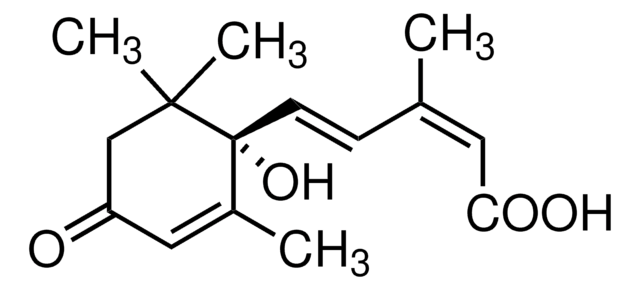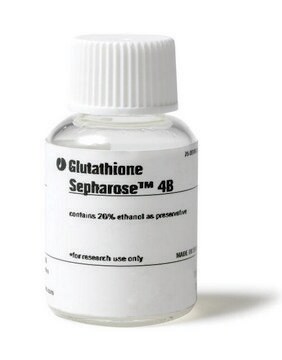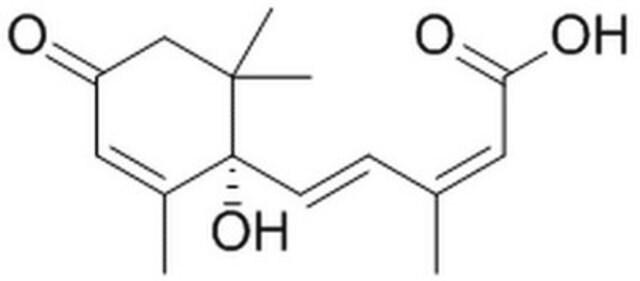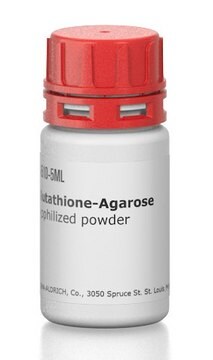F2928
Monoclonal Anti-Fas Ligand antibody produced in rat
clone 101624, purified immunoglobulin, lyophilized powder
Sinonimo/i:
Anti-CD95L, Anti-FasL
Autenticatiper visualizzare i prezzi riservati alla tua organizzazione & contrattuali
About This Item
Prodotti consigliati
Origine biologica
rat
Livello qualitativo
Coniugato
unconjugated
Forma dell’anticorpo
purified immunoglobulin
Tipo di anticorpo
primary antibodies
Clone
101624, monoclonal
Stato
lyophilized powder
Reattività contro le specie
mouse
tecniche
neutralization: suitable
western blot: 1-2 μg/mL
Isotipo
IgG1
Temperatura di conservazione
−20°C
modifica post-traduzionali bersaglio
unmodified
Informazioni sul gene
mouse ... Fasl(14103)
Descrizione generale
Fas Ligand is a 40kDa type II membrane protein, which also known as FasL and CD95L, belongs to the tumor necrosis factor (TNF) family. In the new TNF superfamily nomenclature, FasL is referred as TNFSF6. It consists of TNFα, α and β chains of lymphotoxin (LT), CD40 ligand, and CD30 ligand. It also has four potential N-glycosylation sites which appear to be variably used.
Immunogeno
purified recombinant mouse Fas Ligand, amino acids 132-279, expressed in NSO cells.
Applicazioni
The monoclonal Anti-Fas Ligand antibody is suitable for western blot analysis of rat thymus homogenates to detect the recombinant rFasL molecule. The antibody is also suitable for immunoblotting at a concentration of 1-2μg/ml and ELISA at a concentration of 0.5-1.0μg/ml.
Azioni biochim/fisiol
FasL is predominantly expressed on activated T cells and NK cells, whereas Fas is expressed on various cell types. The gene expression is induced by the activation of mature T cells with phorbol myristic acetate (PMA) and ionomycin, concanavalin A (Con A) or anti-CD3. After cleaving of FasL, it can generate the soluble Fas ligand, a non-covalently linked homotrimer. Membrane-bound FasL and TNFα are primary activators of their receptors. Soluble FasL may inhibit the killing effect of membrane FasL. It plays an important role in modulating immune response by inducing cell apoptosis to maintain homeostasis, self-tolerance of lymphocytes, and immune privilege. It has chemoattractant characteristics for neutrophils which indicate proinflammatory function.
Stato fisico
Lyophilized from a 0.2 μm filtered solution in phosphate buffered saline containing carbohydrates.
Esclusione di responsabilità
Unless otherwise stated in our catalog or other company documentation accompanying the product(s), our products are intended for research use only and are not to be used for any other purpose, which includes but is not limited to, unauthorized commercial uses, in vitro diagnostic uses, ex vivo or in vivo therapeutic uses or any type of consumption or application to humans or animals.
Non trovi il prodotto giusto?
Prova il nostro Motore di ricerca dei prodotti.
Codice della classe di stoccaggio
13 - Non Combustible Solids
Classe di pericolosità dell'acqua (WGK)
WGK 2
Punto d’infiammabilità (°F)
Not applicable
Punto d’infiammabilità (°C)
Not applicable
Scegli una delle versioni più recenti:
Possiedi già questo prodotto?
I documenti relativi ai prodotti acquistati recentemente sono disponibili nell’Archivio dei documenti.
S Sieg et al.
Journal of virology, 70(12), 8747-8751 (1996-12-01)
Herpes simplex virus types 1 and 2 (HSV-1 and HSV-2) are common human pathogens. In this report we demonstrate the capacity of HSV-2, but not HSV-1, to inhibit the activity and cell surface expression of Fas ligand, an important molecule
T Suda et al.
Journal of immunology (Baltimore, Md. : 1950), 154(8), 3806-3813 (1995-04-15)
Fas ligand (FasL) is a membrane-type cytokine belonging to the TNF family, and induces apoptosis through its cell-surface receptor, Fas. To determine the cell types that express FasL, various mouse tissues and cell lines were examined by Northern hybridization using
M G Cifone et al.
The Journal of experimental medicine, 180(4), 1547-1552 (1994-10-01)
Intracellular pathways leading from membrane receptor engagement to apoptotic cell death are still poorly characterized. We investigated the intracellular signaling generated after cross-linking of CD95 (Fas/Apo-1 antigen), a broadly expressed cell surface receptor whose engagement results in triggering of cellular
Gabriella Brunlid et al.
Stem cells (Dayton, Ohio), 25(10), 2551-2558 (2007-07-07)
The potential of pluripotent embryonic stem (ES) cells to develop into functional cells or tissue provides an opportunity in the development of new therapies for many diseases including neurodegenerative disorders. The survival of implanted cells usually requires systemic immunosuppression, however
A Oehm et al.
The Journal of biological chemistry, 267(15), 10709-10715 (1992-05-25)
The APO-1 antigen as defined by the mouse monoclonal antibody anti-APO-1 was previously found to be expressed on the cell surface of activated human T and B lymphocytes and a variety of malignant human lymphoid cell lines. Cross-linking of the
Il team dei nostri ricercatori vanta grande esperienza in tutte le aree della ricerca quali Life Science, scienza dei materiali, sintesi chimica, cromatografia, discipline analitiche, ecc..
Contatta l'Assistenza Tecnica.







